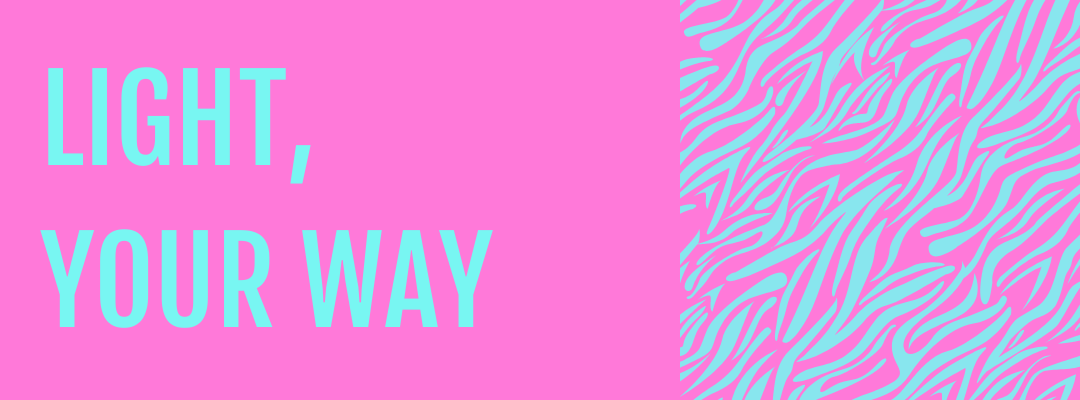So many questions - and we break them all down in our most recent blog post.
Simply put - we've come a long way from the days when glass neon signs got used to enhance a dusty dive bar. And today - there are tons of new neon applications for the naturally occurring element. Neon is an element used in many processes, including the industrial manufacturing of high-voltage indicators, television tubes, wave meter tubes, and lighting fixtures.
It, therefore, must be safe, right? If you said “yes,” you would be correct in your assumption.
When neon is in sign form - glass is no longer the preferred or viable option for businesses, those interested in home decor, etc. Today's LED neon is different from the traditional kind that uses glass and gas to achieve that iconic look.
What is LED neon?
LED neon is more energy-efficient, durable, safe, affordable, easy to install/maintain - as well as lightweight and portable. It also has a longer lifespan than glass/gas-based neon signs and provides all the nostalgic appeal you crave. This includes the vibrancy of neon that you've grown used to. Oh, and it's quiet - unlike traditional glass-based neon.
The hue emitted from LED neon lights does much more than extend a pleasing aesthetic, but it offers a ton of advertising pluses like giving businesses 'a stand-out look' that can't be forgotten. Did you know that neon gets used in the commercial production of refrigerators too? We were just as shocked as you are, trust.
In any case, we've put together a list of facts about the captivatingly beautiful element known as neon. We did not know many of these facts before reading this list, which is why we can claim that what one might learn from this post is "surprising." So - without further ado, here's a lot you never knew about neon as an element. Consider embracing your inner science geek side for this post.
Discovered in 1898
Scientists Morris W. Travers, along with Sir William Ramsay, found neon in 1898. Ramsay was quite the prolific discoverer, too, as shortly after finding neon, he unearthed other impactful scientific phenomena.
The scientists are said to have frozen the argon sample with the help of liquid air, slowly evaporating the element argon under low pressure, gathering the newly-formed gas.
The duo then applied high voltage to a vacuum tube and placed it to observe the spectrum of fantastical colors. Interestingly enough, the scientists saw the 'eccentric' glow of neon for the first time. All this influenced the naming of the element meaning 'new' in Latin.
Neon is colorless and has no smell
We've all been kids before, breaking open neon sticks. Do you remember how it smells? I do, and the answer is like "nothing." Neon in its natural form is colorless and emits no particular smell, rendering the substance odourless.
One of the rarest elements found on the planet earth
When it comes to being a rare element on earth, neon personifies this notion. If you look hard enough, you can find the naturally occurring substance in small traces. But where? Both in the earth's atmosphere and its crust.
Looking toward the sky: the element (neon) is; most commonly found in the stars.
Dispelling the myths: Is neon safe?
Today, the commercial production of neon occurs through a process called fractional distillation, which differs from the process of making LED neon. In practical terms, this means that traditional neon gets isolated from a cold gaseous mixture to create that recognisable aesthetic.
The process of making LED neon is much more straightforward and safe, which is why we want to debunk a few of the myths surrounding the safety of neon. The short of the long is that both traditional and LED neon are safe.
- False: LED neon signs contain harmful chemicals
- False: LED neon signs are not good for the environment
- False: LED neon signs are too dangerous to touch
- False: LED neon signs are not as bright or versatile as other lighted signs
- False: LED neon signs are too fragile and do not have last as long as other lighted signs
These common myths are false/misleading.
Why buy LED neon?
As some of the biggest nerds in the business - we love talking about the science behind neon. And if it helps you come to a better, more informed decision - we're all for it.
There is so much to consider when buying a custom neon sign - or even a pre-designed one. If you have plans to purchase neon - ensure the company you buy from extends the best possible customer service, allows returns and refunds on damaged products, and more.
Design and price points are also other key factors that play major roles in your decision to buy an LED neon sign. Do your research into companies pioneering the use of LED neon technology to achieve some of the world’s more beautiful and cost-effective signs on the market.
Keeping it real
We happen to be among that very crowd, and we’re constantly pushing the envelope with our earth-conscious designs. Not to mention, we enable custom orders, extend a ton of different fonts, design capabilities, and more.
All Good Vibes Neon signs, both indoor and outdoor, come standard with a one-year warranty. That warranty covers electrical parts. What's more, our outdoor neon signs enjoy an additional six-month warranty on the electronic portion of neon signs from Good Vibes Neon.
You're not seriously still on the fence, are you? Build your LED neon sign today.




